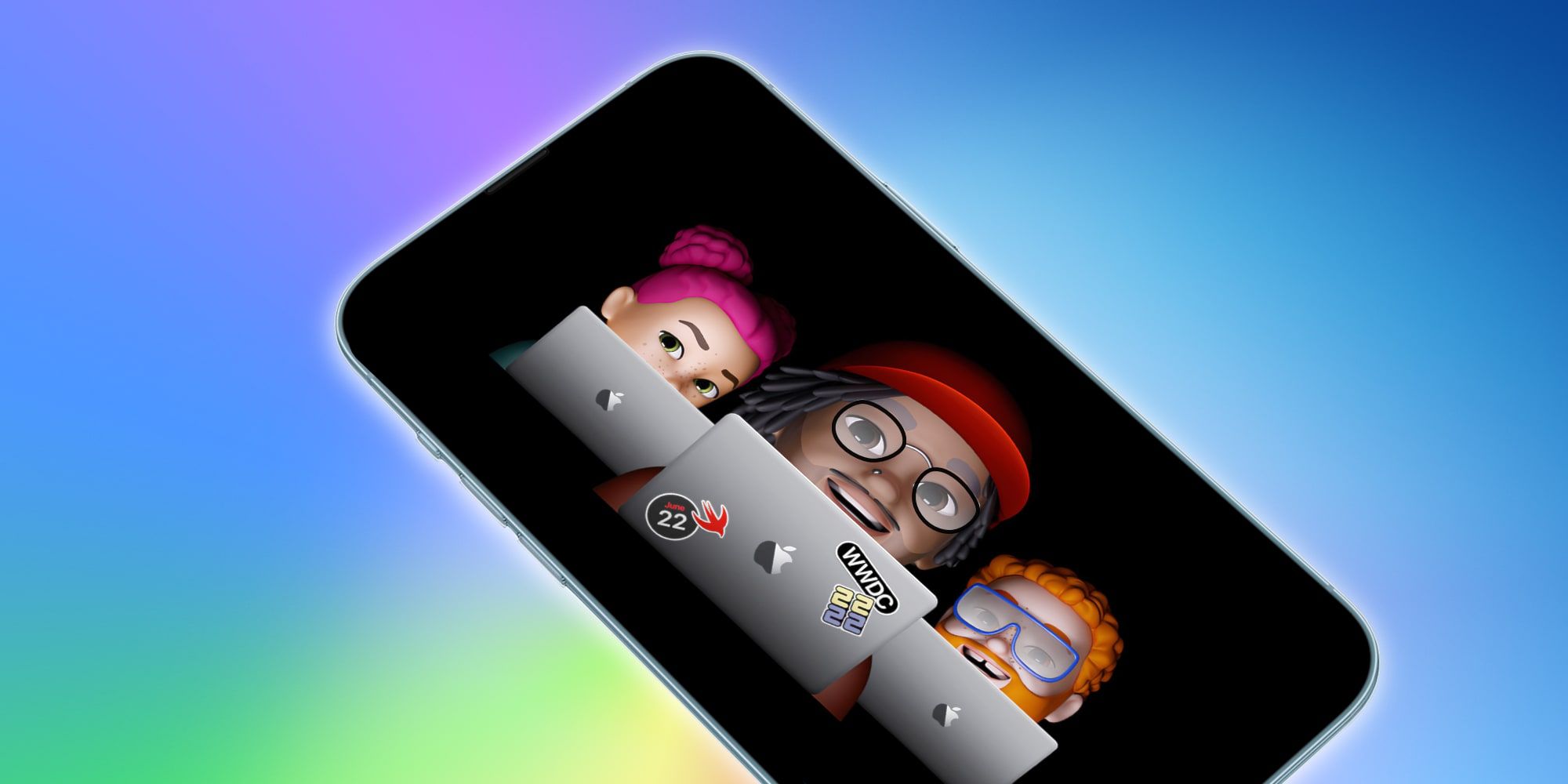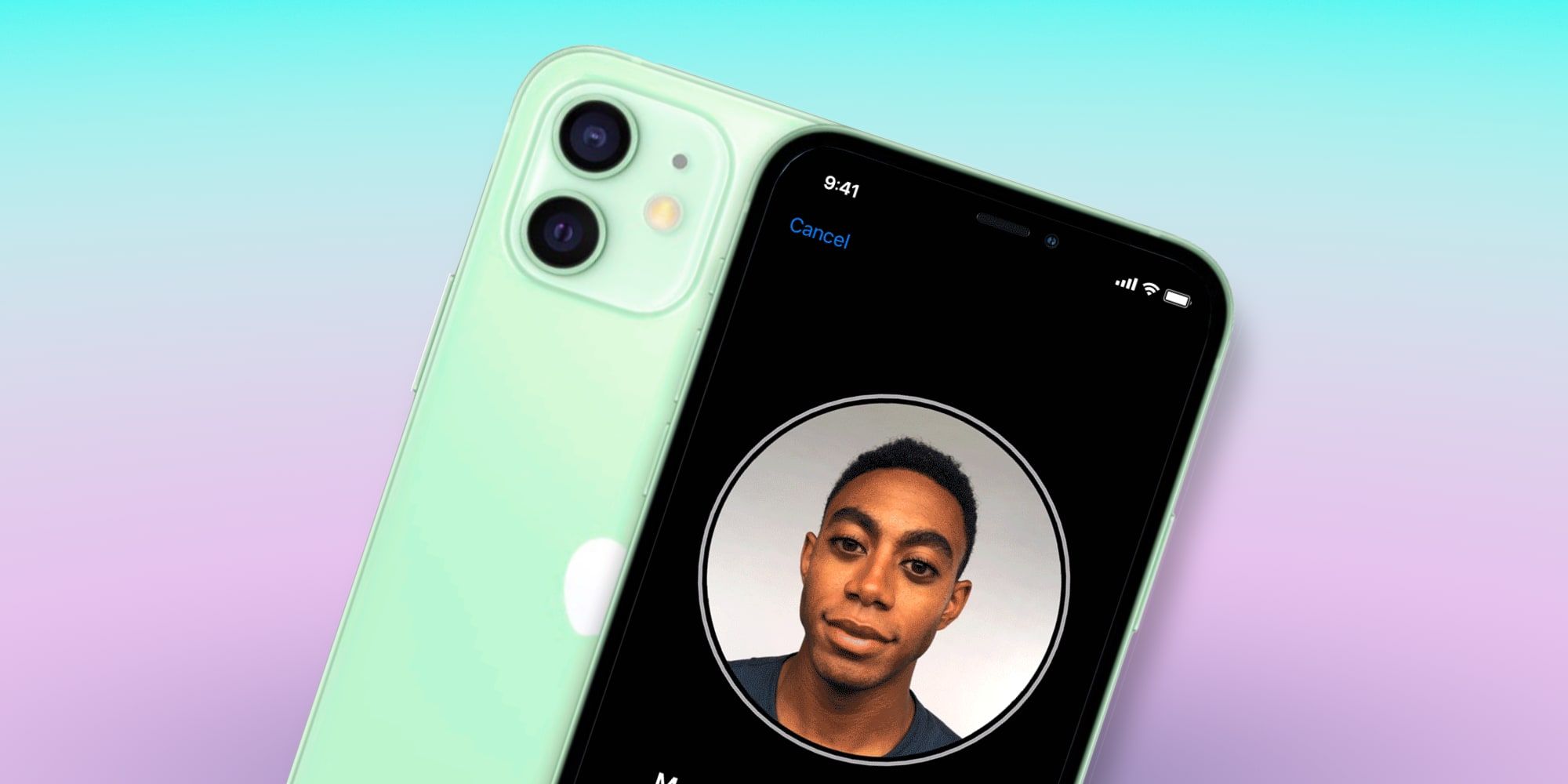The iPhone might someday get a wild new Apple privacy feature that blurs the screen for others while the user can view it easily. App and browser privacy is great but doesn't prevent someone from reading over the shoulder when surrounded by people in a busy office, coffee shop, or on public transit.
Apple has a strong focus on privacy and security, a combination that has led to the development of Face ID which uses depth scanning technology to positively identify the user, preventing unauthorized access to the user's iPhone. The iPad Pro also has Face ID, unlocking and authenticating at a glance. App Tracking Transparency and App Privacy Labels keep the user aware of what apps are up to, however, someone physically near might still be able to see what is on the screen, which is much more difficult to prevent with technology.
Apple's latest patent application covers a very unusual form of privacy, affecting the displayed image on an iPhone or other screen in a controlled way that allows the contents to be easily viewed by a user that is wearing matched privacy eyewear but illegible to others even when the screen is visible. First spotted by PatentlyApple, the document describes scanning the user's face to detect glasses and adjust the display accordingly, making it blurred for anyone around that is not wearing privacy glasses. A QR code or other symbol on the privacy glasses would allow the iPhone to identify and adjust the display as needed.
Easier iPhone Viewing For Prescription Lenses
The same Apple patent application has a potentially more useful feature, reducing eyestrain for iPhone owners that wear prescription lenses. In this case, the document describes using the iPhone's front-facing camera to scan the user's face using depth measurements to identify the person and adjusting the screen for easier viewing without the need to remove the glasses to read text or see images more clearly. Alternatively, a setting might allow the user to enter their prescription or enable toggles to correct for nearsighted, farsighted, presbyopia, and astigmatism. A third option would show thumbnail images and allow the user to pick the one that looks clearest.
This would provide a great amount of relief for users that wear prescription glasses, allowing looking up and back at the iPhone without having to strain the eyes, take off, or put on glasses. While Apple might not ever implement the feature described in this patent, it is an interesting idea and would add value to the device. This seems to be a software implementation that uses existing technology, so it might be possible to add the privacy glasses option along with greater ease of use for eyeglass wearers to more than one generation of the iPhone.
Source: USPTO, PatentlyApple


